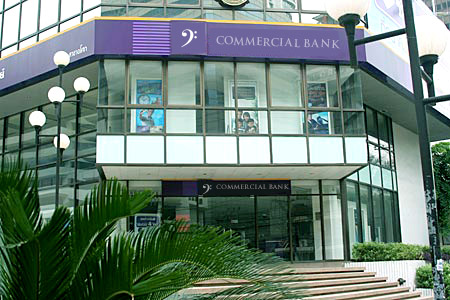Commercial Banks

Commercial Banks take deposits, lend money, and provide other banking services. They are typically brick-and-mortar buildings with bank tellers and loan processors; they also typically have an onsite ATM machine for customer use.
Commercial banks are profit-earning institutions; they make their money in a variety of ways. For instance, banks charge customers account fees as well as fees for money orders, bank checks, and safety deposit boxes. In addition, they charge non-customers fees for cashing checks and they charge borrowers interest on loans they carry with the bank.
In a previous unit you were directed to the FDIC's website for information about ways to cut your spending. While the FDIC and its website is a repository of helpful information about money, the FDIC's main objective is to insure bank depositors. In fact, the FDIC's motto is "Each depositor insured to at least $250,000 per insured bank" ("FDIC: Federal," n.d., header). The key here is the phrase "per insured bank." The FDIC does not insure all depositors at all banks. When choosing a bank, ensure the bank, and more importantly your money, is insured by the FDIC. Use the following website to determine if your current accounts are FDIC insured:
 Video: FDIC Insurance
Video: FDIC Insurance
Watch the following video from the FDIC for a brief overview of FDIC Insurance.
Reference:
Federal Deposit Insurance Corporation. (n.d.). FDIC: Federal Deposit Insurance Corporation. Retrieved from: https://www.fdic.gov/